Leather welding gloves are an indispensable tool for any welding job. Designed to safeguard your hands from intense heat and flying sparks, these gloves are subjected to the harsh work environment, which can result in stains from oils and dirt. It is crucial to maintain their cleanliness to ensure their long-term effectiveness. In this comprehensive guide, we will provide you with a few simple yet detailed steps on how to clean leather welding gloves effectively. By following these instructions, you can keep your gloves in optimal condition, ready to tackle any welding task that comes your way.
1. Read Cleaning Notes from Manufacturer
First and foremost, it is crucial to carefully read and follow any cleaning instructions provided by the manufacturer of your welding gloves. Taking the time to understand and adhere to these guidelines is essential because different manufacturers may have specific recommendations on how to effectively clean their products without causing any damage to the leather material.
To ensure the optimal cleaning process, consider the following additional details. Start by inspecting the gloves for any visible dirt or oil stains. Gently brush off any loose debris using a soft bristle brush or a clean, dry cloth. For stubborn stains, you can create a gentle cleaning solution by mixing mild soap or detergent with warm water. Using a clean sponge or cloth, lightly dampen the affected areas with the cleaning solution and gently scrub in a circular motion.
To preserve the leather’s integrity and prevent cracking or drying, it is recommended to apply a leather conditioner or moisturizer. This step will help keep the gloves supple and maintain their durability over time. Follow the instructions provided by the manufacturer of the leather conditioner for the best results.[2]
By following these detailed cleaning steps, you can ensure that you are taking the necessary measures to maintain the durability and longevity of your welding gloves while effectively removing dirt and oil stains.
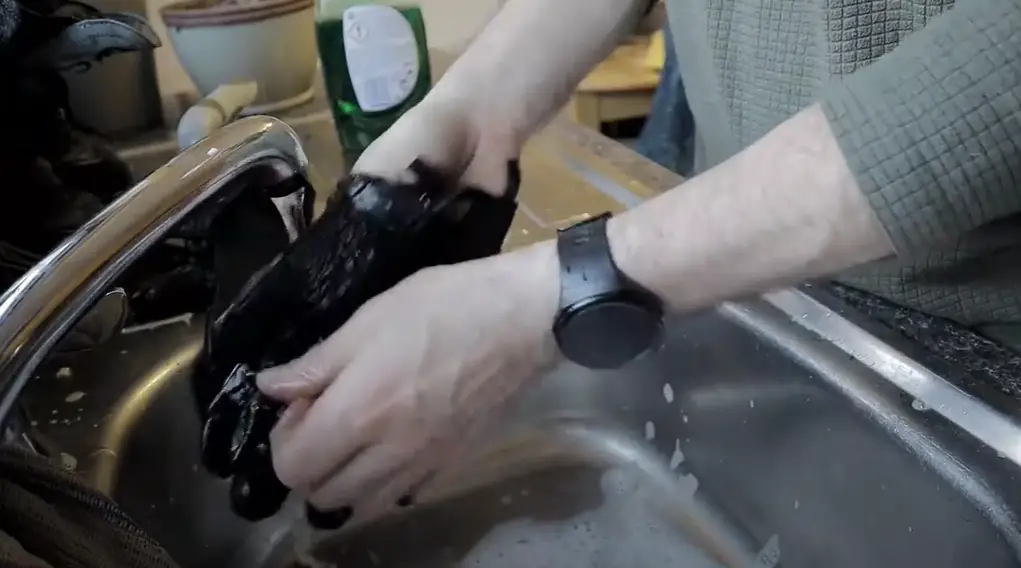
2. Rinse Leather Welding Gloves with Cool Water
Once you have finished scrubbing the gloves with a gentle cleanser, it is important to rinse them with cool water. This step is crucial to ensure the removal of any remaining dirt, debris, or cleaning residue from the leather material. To facilitate a thorough cleaning process, gently move your hands around inside the gloves while they are submerged in the water, making sure every nook and cranny is reached. Once the gloves have been adequately rinsed, carefully lift them out of the water, allowing any excess liquid to naturally drain off. Afterward, delicately place the gloves on a clean and absorbent towel, ensuring they are spread out evenly for optimal air circulation. Allow the gloves to air dry completely, avoiding any direct heat sources or sunlight. It is important to avoid wringing or twisting the gloves during the drying process, as this can potentially cause damage to the delicate leather material. By following these detailed steps, you can ensure that your gloves are thoroughly cleaned and properly cared for, prolonging their lifespan and maintaining their quality.[2]
3. Use Soap on the Exteriors of Leather Welding Gloves
When it comes to the exteriors of your welding gloves, you should opt for a mild soap or detergent solution. Using a soft brush or cloth, lightly scrub off any dirt or debris from the exterior surface. Dip the brush or cloth in the soapy water and gently rub it against the leather material in circular motions. This process should be completed with care to avoid any excess abrasion, which can cause the leather to become brittle or discolored. After scrubbing, rinse off the gloves with cool water and pat dry with a clean towel. Once the cleaning process is complete, it is advisable to use a leather conditioner or moisturizer on the exterior surface of the gloves to maintain their suppleness and durability.[2]
By following these simple yet effective cleaning steps, you can ensure the longevity and effectiveness of your leather welding gloves.
4. Spray the interior of Leather Welding Gloves with a disinfectant solution
In addition to cleaning the exteriors of your welding gloves, it is also important to pay attention to the interior. To help protect against bacteria and germs, consider spraying the inside of your gloves with a disinfectant solution. Make sure this solution is specifically designed for leather materials and follow all provided instructions for proper usage. This step will help ward off any microorganisms and odors and will keep your gloves safe for the next use.
By taking the necessary steps to clean and disinfect your leather welding gloves, you can maintain their effectiveness in safeguarding your hands against intense heat and flying sparks. Plus, this will help increase their lifespan, so you have a reliable tool that is ready to tackle any difficult welding tasks. So, don’t forget to take the time to clean your leather welding gloves regularly to keep them in optimal condition.[4]
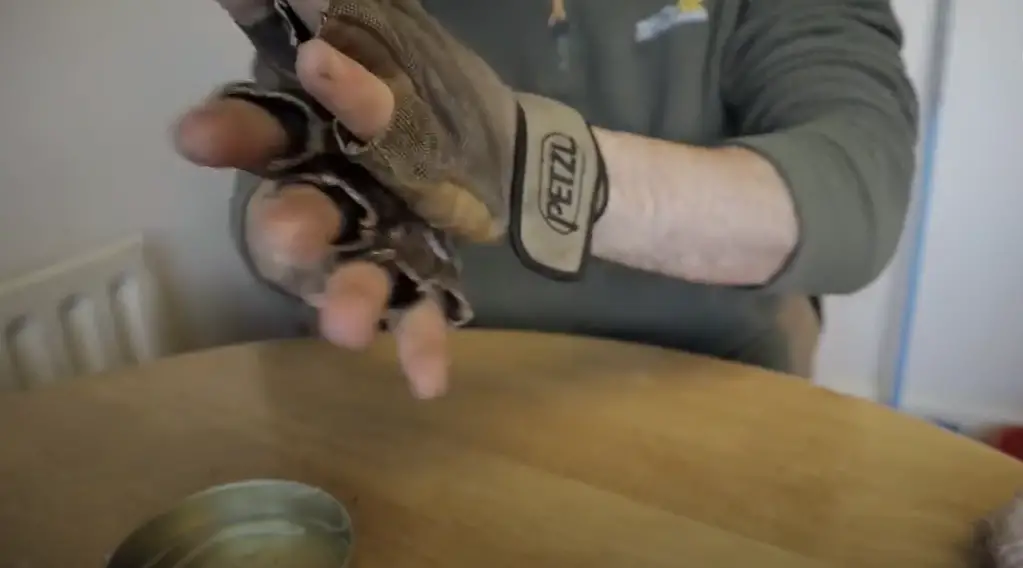
5. Dry your Leather Welding Gloves Properly
Properly drying your leather welding gloves is crucial for ensuring their longevity. After following the cleaning instructions, it’s important to take extra precautions to avoid any potential damage. Instead of air-drying them directly in the sun or near heat sources, which can lead to cracking and discoloration, gently place the gloves on a clean and absorbent towel in an area with good air circulation. Allow the gloves to remain undisturbed for several hours until they are completely dry and supple to the touch. During this drying process, avoid any temptation to wring or twist the gloves, as it could potentially harm the delicate leather material. By taking these additional steps, you can ensure that your leather welding gloves will remain in excellent condition for a longer period of time.[4]
6. Condition your Leather Welding Gloves
Leather welding gloves, being exposed to intense heat and potential sparks, require proper care to maintain their suppleness and strength. To ensure their longevity, it is crucial to clean them regularly and apply a high-quality leather conditioner or moisturizer. This not only protects the gloves from cracking and drying but also enhances their resistance to extreme conditions.
When selecting a leather conditioner, follow the manufacturer’s instructions for optimal usage, including recommendations for frequency of application. By taking this step, you can be confident that your gloves will remain in optimal condition for extended periods, providing reliable protection during demanding welding tasks.
Investing time and effort in caring for your leather welding gloves will pay off in the long run. With their enhanced durability and resilience, you can tackle any welding challenge with confidence, knowing that your gloves are up to the task.[1]
Ways to Clean Welding Gloves
Method #1: Cleaning Leather Gloves with Mild Cleanser
When it comes to cleaning leather welding gloves, the first step is to use a mild cleanser. To begin, fill a bowl or basin with warm water and add a few drops of liquid dish soap or detergent. Gently submerge your gloves in the solution and allow them to soak for at least an hour. This will soften up any dirt and debris, making it easier to clean the leather surface.
Finally, pat the gloves dry with a clean towel and lay them out flat to air dry. Make sure that they are spread out evenly for optimal air circulation. Allow the gloves to air dry completely, avoiding any direct heat sources or sunlight. It is important to avoid wringing or twisting the gloves during this process, as it can cause damage to the leather material.[1]
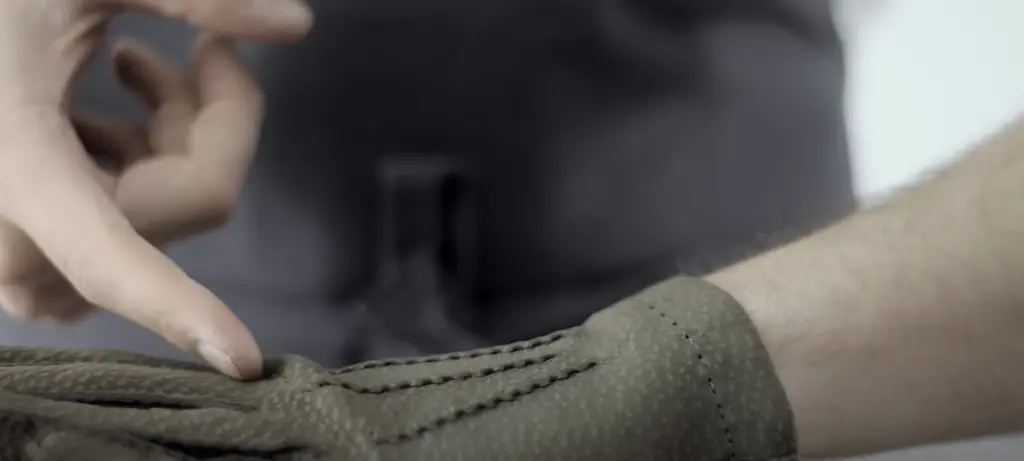
Method #2: Cleaning Non-Leather Welding Gloves
When it comes to cleaning non-leather welding gloves, the process is slightly different. To begin, inspect the gloves for any visible dirt or debris and brush off any particles with a soft brush. Next, fill a bowl or tub with cool water and add a few drops of mild detergent or cleanser. Place the gloves in the solution and let them soak for at least an hour.
After the gloves have soaked, take them out of the solution and gently scrub off any remaining dirt particles with a soft brush. Rinse off the gloves with cool water to remove any soap residue and pat dry with a clean towel. It is important to make sure that no excess moisture remains in the fabric as this can lead to mildew or discoloration.
Finally, lay the gloves out flat to air dry in a well-ventilated area. Avoid any direct heat sources as this can damage non-leather materials such as cotton and canvas. Allow them to remain undisturbed until they are completely dry before using them for welding tasks.
By following these simple steps, you can ensure your welding gloves remain in excellent condition and ready for any challenging welding task. With their enhanced durability, you can have peace of mind knowing that your hands are safe and secure when tackling difficult projects. So don’t forget to take the time to clean and care for your welding gloves regularly![1]
Before Cleaning Welding Gloves
The key to properly cleaning your welding gloves is to follow the manufacturer’s instructions. These directions, which vary from glove to glove, specify how and when they should be cleaned for optimal performance.
It’s also important to note that some leather gloves may require special care or a specific type of cleaner to avoid damaging the material. Therefore, make sure to check the label for any special instructions or precautions before starting your cleaning process.
In addition, it is important to inspect your gloves for any visible wear and tear prior to cleaning them. If you identify any holes or weak spots in the material, it may be best to replace the gloves as they can no longer provide reliable protection against potential hazards.
By taking the necessary steps before cleaning your welding gloves, you can ensure their optimal performance and prevent any unintentional damage. Ultimately, this helps to keep you safe and secure while welding, allowing you to focus on the task at hand with confidence.[5]
After Cleaning the Welding Gloves
Once you’ve completed the cleaning process, it is important to inspect your gloves for any remaining debris or dirt particles. If there are still some left over, repeat the cleaning process until all of the material has been removed.
It is also important to store your welding gloves in a cool and dry place away from direct sunlight and heat sources when not in use. This helps to protect them from extreme temperatures and ensures that they are ready for the next welding task.
Finally, remember to apply a quality leather conditioner or moisturizer regularly to keep the material from drying out or cracking. Over time, this will help extend the life of your gloves, ensuring that they remain in optimal condition for an extended period of time.
Overall, taking the time to properly care for your welding gloves can pay off in the long run with their enhanced durability and resilience. With a few simple steps, you can ensure that your gloves are ready to handle any welding challenge, keeping you safe and secure while tackling difficult projects.[5]
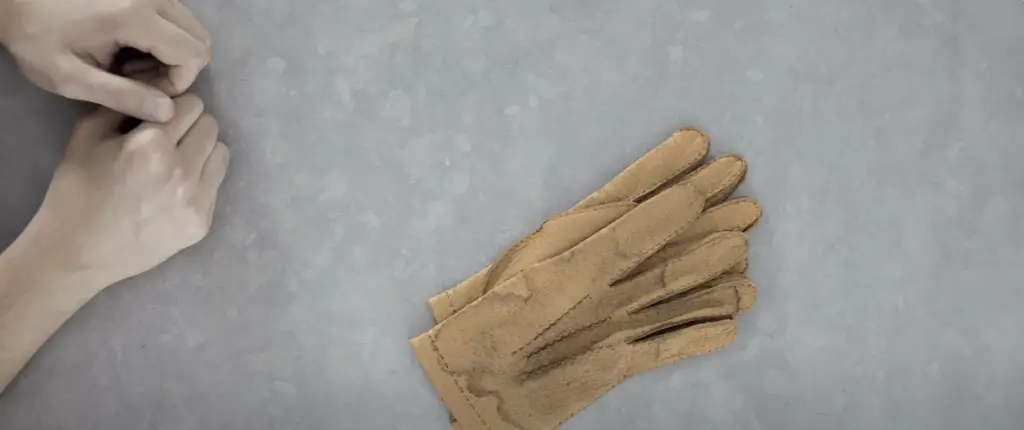
FAQ
How do you clean welding leather?
Cleaning leather welding gloves is relatively simple. Begin by filling a bowl or basin with warm water and adding a few drops of liquid dish soap or detergent. Gently submerge your gloves in the solution for at least an hour to soften up any dirt and debris. After the gloves have soaked, remove them from the water and use a soft brush to lift off any stubborn particles. Finally, rinse off the gloves with cool water and pat dry with a clean towel. Allow them to air dry completely in a well-ventilated area.
Can leather gloves be washed?
Yes, leather gloves can be safely washed with the proper care. Begin by filling a bowl or basin with warm water and adding a few drops of liquid dish soap or detergent. Submerge your gloves in the solution for at least an hour to soften up any dirt particles. Then use a soft brush to lift off any stubborn particles before rinsing off the gloves with cool water. Finally, pat the gloves dry with a clean towel and lay them out flat to air dry in a well-ventilated area. Avoid any direct heat sources or sunlight when drying leather welding gloves.
Useful Video: How to Clean and Maintain your Gloves
Conclusion
Cleaning your welding gloves is an essential part of regular maintenance and should be done regularly to ensure their optimal performance. By following the instructions outlined in this article, you can easily clean both leather and non-leather welding gloves with a few simple steps. Additionally, it’s important to inspect your gloves for any visible wear and tear prior to cleaning them as well as applying conditioner or moisturizer to keep the material from drying out. By taking these simple steps, you can ensure your welding gloves remain in excellent condition and ready for any challenging welding task. With proper care, your gloves will provide reliable protection against potential hazards and last for an extended period of time. So don’t forget to take the time to clean and care for your welding gloves regularly!
References:
- https://www.waylanderwelding.com/blog/how-to-clean-leather-welding-gloves
- https://www.leatherskill.com/how-to-clean-leather-welding-gloves/
- https://weldingmastermind.com/how-to-clean-welding-gloves/
- https://www.linkedin.com/pulse/how-clean-welding-gloves-charlie-luo
- https://weldgears.com/clean-leather-welding-gloves/

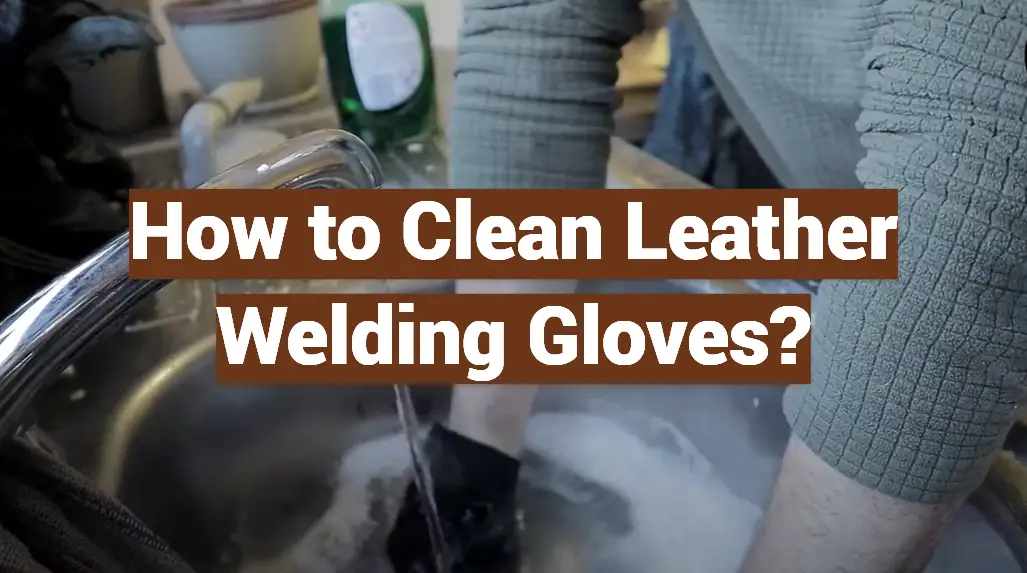
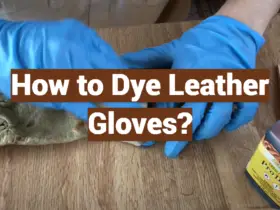


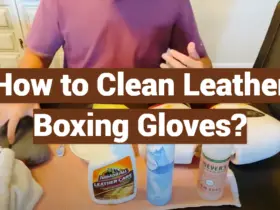

Leave a Reply